1. Great Barrier Reef (Australia)
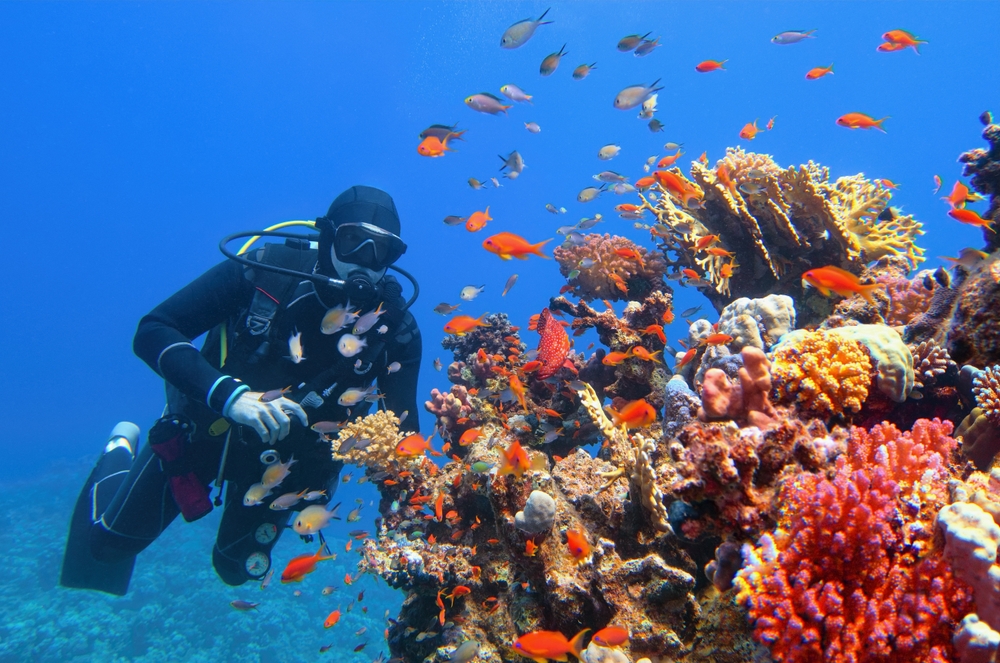
Spanning more than 2,300 kilometers along Australia’s coast, the Great Barrier Reef is a vibrant underwater metropolis home to thousands of marine species. Rising sea temperatures and acidification have triggered widespread coral bleaching, turning reefs ghostly white during mass bleaching events in 2016 and 2017. When corals expel the algae that feed them, entire sections of reef lose color and, without swift recovery, struggle to rebuild their structures. Each year, heatwaves threaten more coral, jeopardizing fish nurseries, tourism livelihoods, and one of Earth’s most iconic natural wonders.
2. Montana’s Vanishing Glaciers (USA)
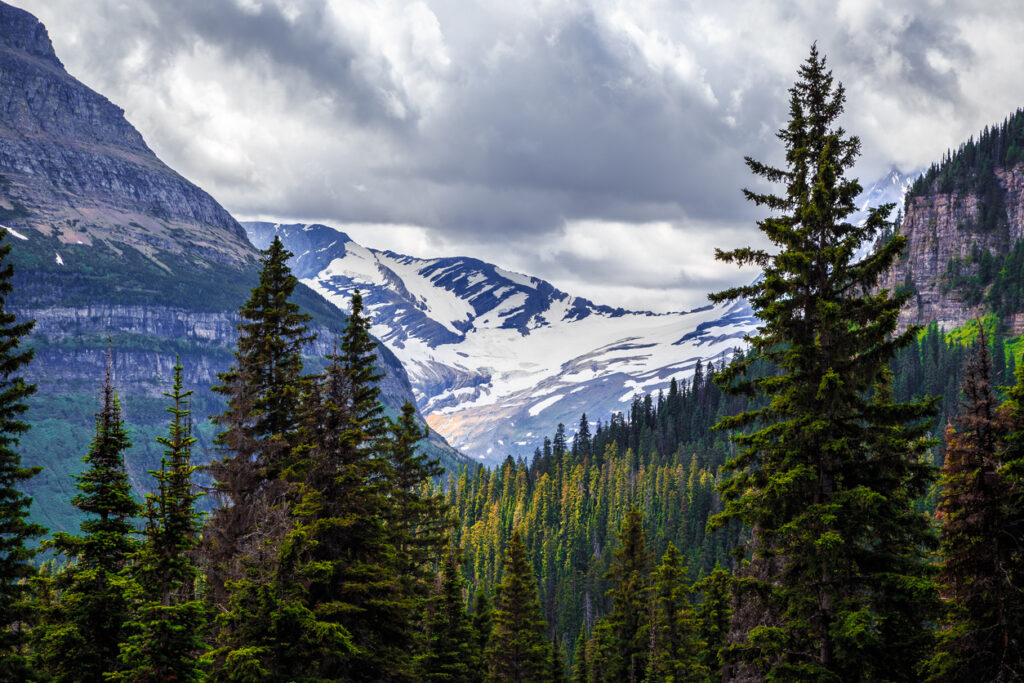
Nestled in the Rocky Mountains of northern Montana, Glacier National Park once boasted around 150 glaciers carpeting its peaks and valleys. Over the past century, relentless warming has dwindled these ice masses, leaving fewer than 25 glaciers today. Scientists predict many of the park’s remaining glaciers could vanish by mid-century if current melt rates persist, reshaping landscapes and water flows downstream. This loss not only robs visitors of the park’s iconic icy vistas but also disrupts cold-water habitats for native fish and other wildlife.
3. The Vanishing Dead Sea (Jordan/Israel)

Bordering Jordan and Israel, the Dead Sea has witnessed dramatic shrinkage as freshwater feeds are diverted for agriculture and industries extract minerals at an alarming pace. Since the 1960s, its surface elevation has dropped by more than 430 meters, leaving behind massive salt towers and a jagged shoreline. Water levels fall roughly a meter each year, impacting local communities, halting traditional salt harvesting sites, and threatening unique microbial ecosystems. Without major conservation efforts, this ancient inland sea could slip into history.
4. Amazon in Peril (South America)
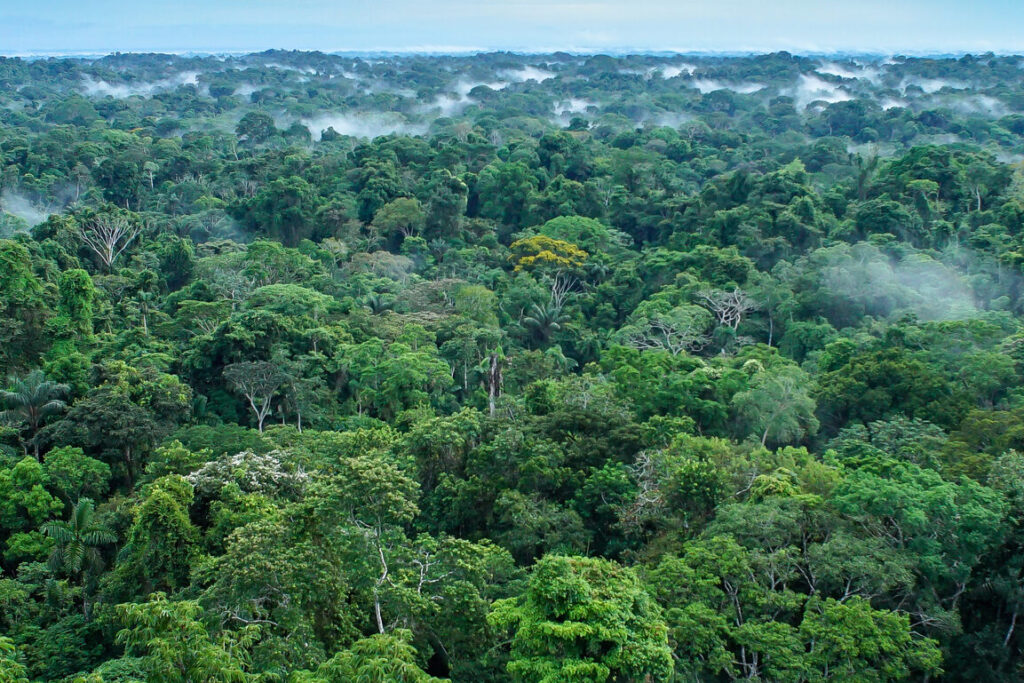
Stretching across nine countries, the Amazon Rainforest acts as a colossal carbon sink and biodiversity hotspot. Rampant deforestation for cattle ranching, soy farming, and illegal logging has cleared vast tracts of its canopy, while seasonal fires, often intentionally set, snuff out habitats and release billions of tons of carbon dioxide. As tree loss accelerates, rainfall patterns shift, threatening both local communities and global climate stability. If current trends continue, scientists warn that large sections could transition from lush forest to savanna within decades.
5. Kilimanjaro’s Ice Cap (Tanzania)
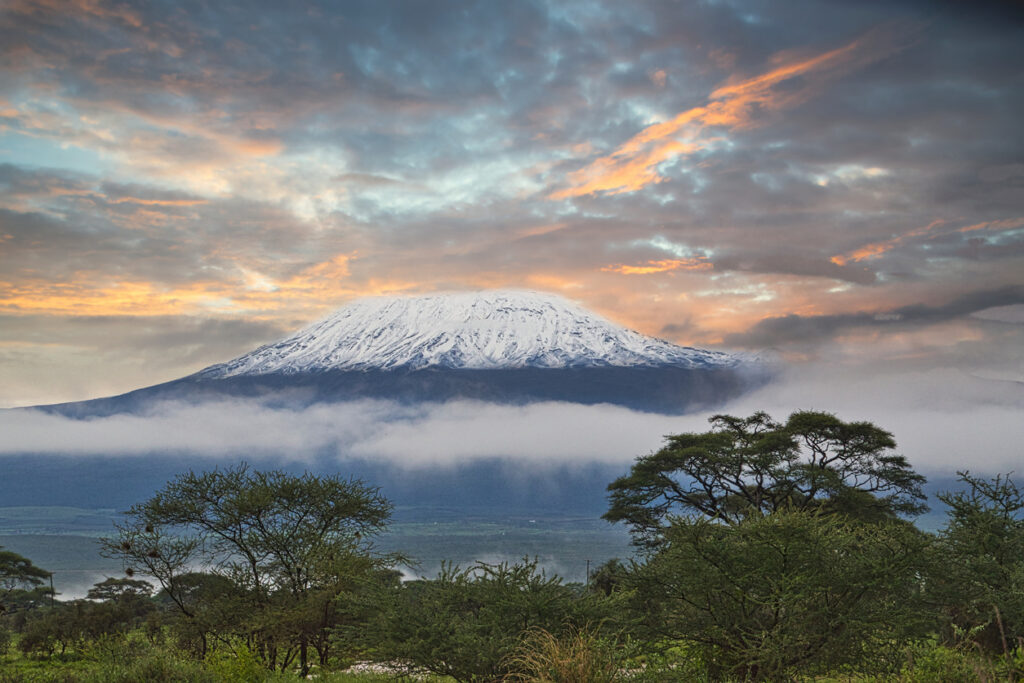
At nearly 6,000 meters above sea level, Mount Kilimanjaro’s snow-capped summit has become a symbol of climate change. Once adorned with ice for centuries, its glaciers have thinned by more than 80% since 1912. Meteorological shifts and decreasing precipitation hamper snowfall, accelerating melt rates even as park authorities struggle to monitor the remaining ice fields. If warming trends persist, this distinctive white crown could vanish entirely by 2040, erasing a cultural and ecological landmark revered by climbers and local communities alike.
6. Maldives Islands (Indian Ocean)
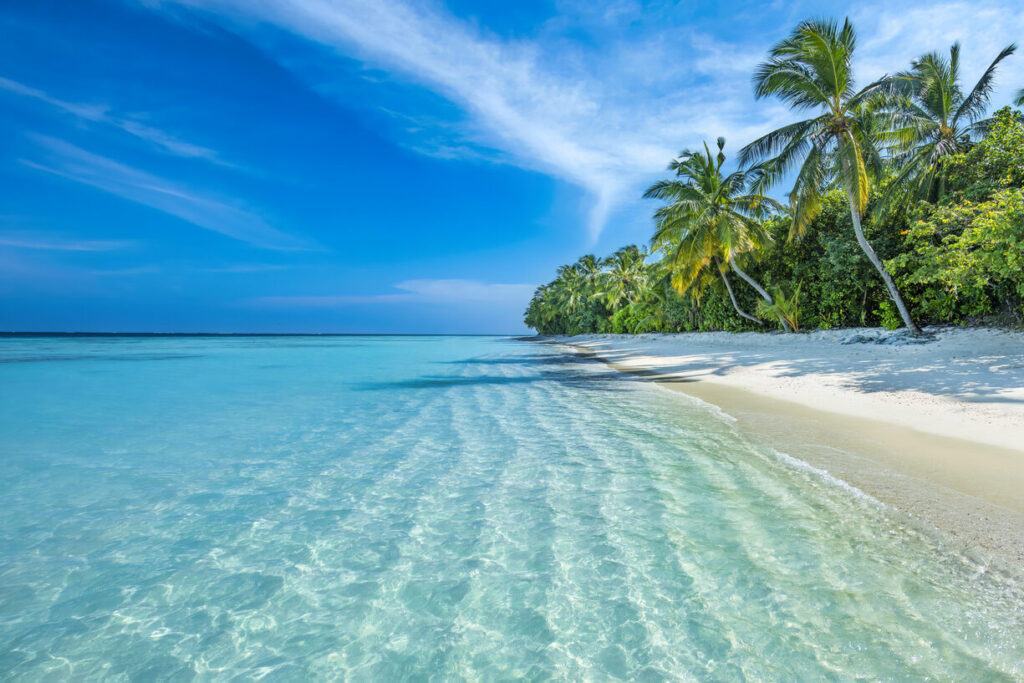
Spanning roughly 1,200 coral islands strung across the Indian Ocean, the Maldives average just 1.5 meters above sea level. As global sea levels climb, storm surges and king tides increasingly breach coastal defenses, forcing communities to build seawalls and relocate freshwater wells inland to avoid saltwater intrusion. Tourism, the backbone of the nation’s economy, is at risk as white-sand beaches and vibrant reefs erode. If greenhouse gas emissions continue unabated, projections suggest many low-lying islands could become uninhabitable by mid-century, turning this paradise archipelago into a cautionary tale of climate vulnerability.
7. Congo Basin (Africa)
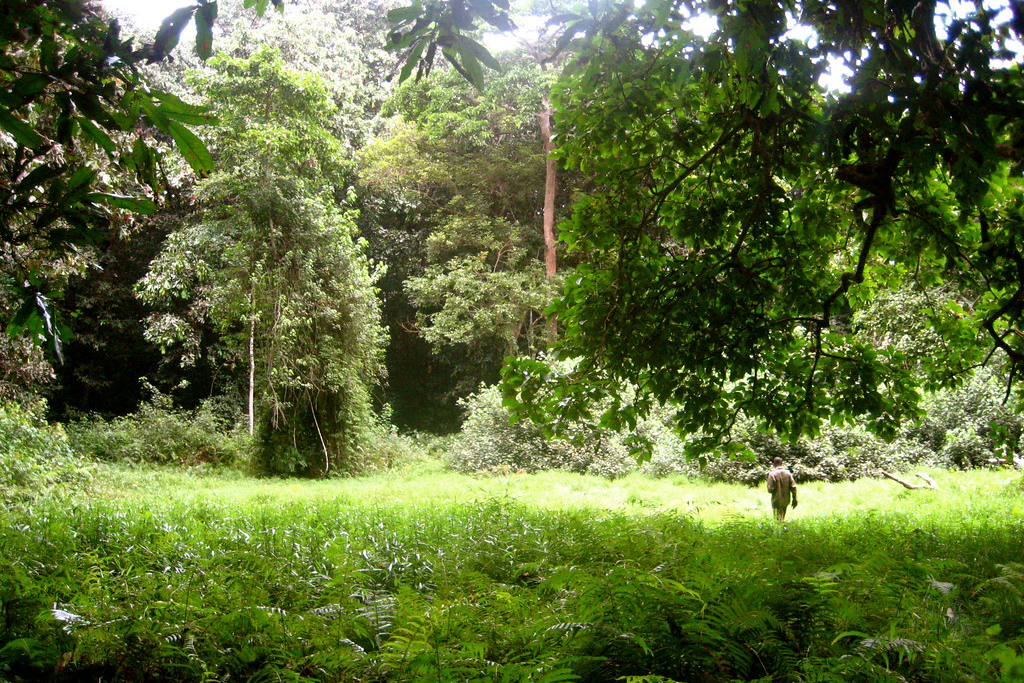
Covering over three million square kilometers, the Congo Basin is the world’s second-largest rainforest and a critical carbon sink. Illegal logging and artisanal mining carve deep scars into its canopy, while expanding roads facilitate further deforestation and wildlife poaching. These activities endanger forest elephants, bonobos, and countless plant species found nowhere else on Earth. Fragmentation not only accelerates biodiversity loss but also undermines rainfall patterns across central Africa. Without stronger enforcement and sustainable development, this green heart of the continent risks flipping from lush forest to degraded savanna, releasing massive carbon stores in the process.
8. Lake Chad (Africa)
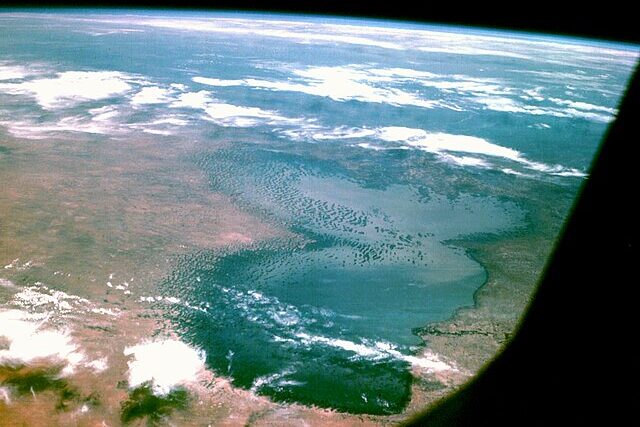
Once a freshwater oasis of about 25,000 square kilometers, Lake Chad has shrunk by nearly 90 percent in the last sixty years, leaving isolated pools in a salty, parched basin. The lake supports more than 30 million people across Chad, Nigeria, Cameroon, and Niger, providing drinking water, fish, and irrigation for crops. Unsustainable water withdrawal for agriculture and erratic rainfall patterns from climate change have accelerated the decline, exposing lakebeds to dust storms and fueling farmer-herder conflicts. Efforts like the Transaqua canal proposal aim to divert water from the Congo River, but political and financial hurdles make large-scale restoration a formidable challenge.
9. Everglades (USA)

Known as the “River of Grass,” Florida’s Everglades once spanned 1.5 million acres of slow-moving water, sawgrass marshes, and cypress swamps. Over the past century, drainage canals and agricultural development have eliminated roughly half of its wetlands, degrading water quality and altering natural flow patterns. Saltwater intrusion now threatens freshwater habitats, while invasive species like pythons disrupt native wildlife. The massive Everglades Restoration Plan, a multi-decade, multi-billion-dollar effort, seeks to reconnect waterways and improve water storage, but rising sea levels and persistent pollution continue to test the resilience of this unique ecosystem.
10. Madagascar Forests
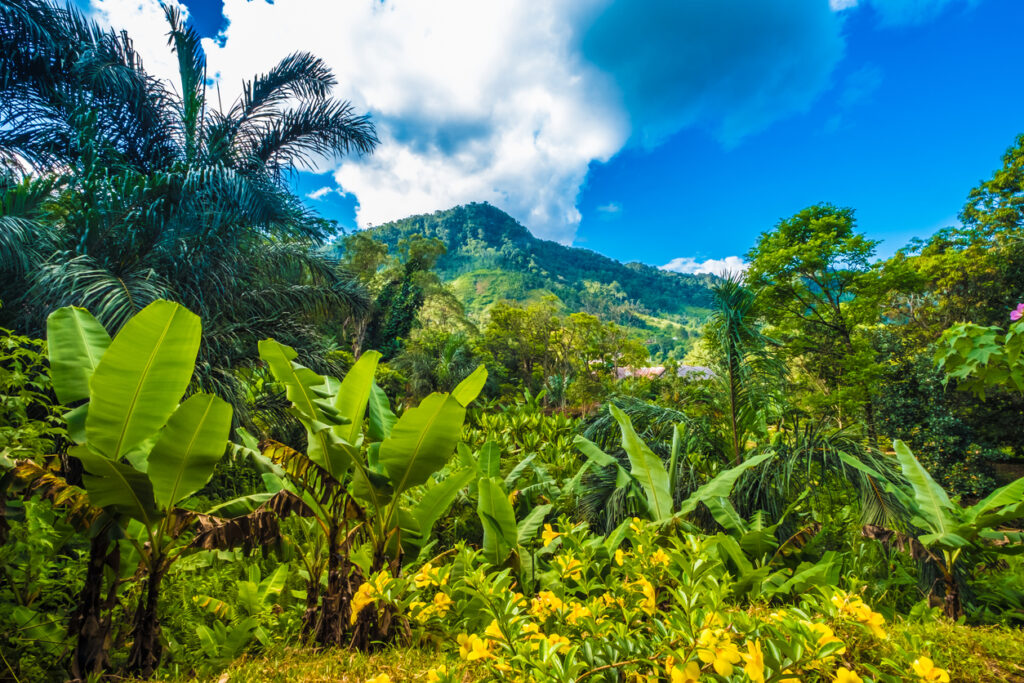
Madagascar, an island nation off Africa’s east coast, harbors about 80 percent endemic species within its shrinking rainforests and spiny thickets. Slash-and-burn agriculture, charcoal production, and illegal logging for prized ebony and rosewood have reduced primary forest cover to just 10 percent of its original extent. This habitat loss imperils lemurs, fossa, and countless plants found nowhere else on Earth. Soil erosion and more severe cyclones compound the crisis, threatening rural livelihoods reliant on forest products. Community-based conservation and expanded protected areas show promise, but continued enforcement and alternative income sources are crucial to saving Madagascar’s living treasures.
11. Venice (Italy)
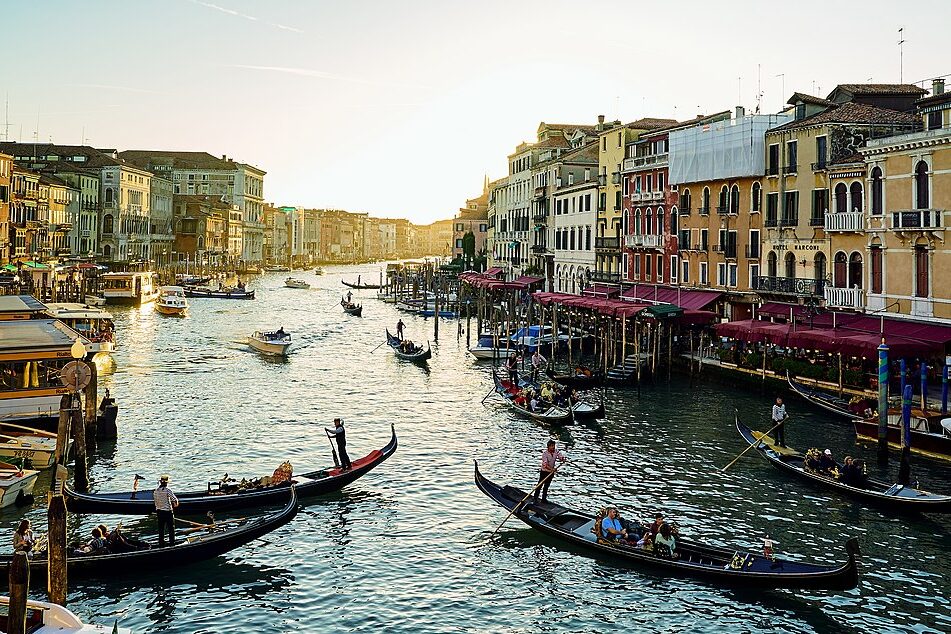
Rising sea levels and more frequent “acqua alta” floods threaten Venice’s centuries-old buildings and narrow canals. Saltwater seeps into foundations, eroding brick and marble, while surging tides inundate iconic squares and churches. The MOSE mobile barrier system offers temporary relief, but maintaining and operating these gates is costly and complex. Tourism-dependent businesses face repeated closures during high‐water events, and locals grapple with the challenge of preserving cultural heritage amid environmental change. Without global carbon cuts and continued investment in flood defenses, this unique city risks slipping beneath the waves it has long embraced.
12. Alps (Europe)
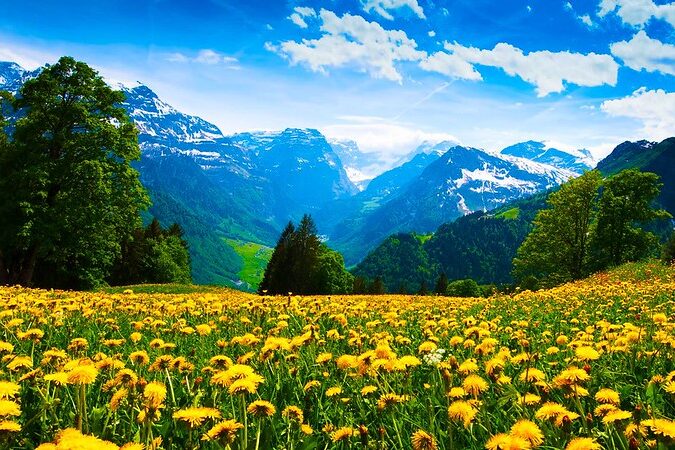
Europe’s Alps once wore thick blankets of snow well into summer, but warming temperatures now send snowlines higher and shorten ski seasons by weeks. Alpine glaciers have lost significant mass over the past century, carving new lake basins and threatening water supplies downstream in Italy, Switzerland, and Austria. Meltwater timing shifts disrupt hydropower generation and summer agriculture, while thawing permafrost undermines mountain roads and trails. As rockfalls and landslides become more common, alpine communities balance tourism revenue against the need to adapt infrastructure and protect fragile ecosystems under a rapidly changing climate.
13. Arctic Ice (North Pole)

The Arctic’s frozen expanse has shrunk dramatically, with summer sea ice declining by roughly 13 percent per decade since the late 1970s. Loss of reflective ice accelerates warming in a feedback loop, altering weather patterns from North America to Europe and Asia. Polar bears and seals struggle to find stable hunting grounds, while indigenous communities face changing ice conditions that challenge traditional lifestyles. New shipping routes open in summer months, tempting commercial interests but raising the risk of oil spills and habitat disturbance. If warming continues unchecked, scientists predict nearly ice-free Arctic summers by mid-century.
14. Joshua Tree National Park (USA)

Joshua Tree National Park’s namesake yucca trees have adapted to harsh desert climates, but prolonged drought and heatwaves now stress seedlings and mature specimens alike. As temperatures climb, suitable habitat shifts uphill, squeezing trees into ever-smaller ecological islands on rocky slopes. Bark beetle outbreaks, fuelled by warmer winters, further weaken stands, and altered rainfall patterns hinder seed germination. The park’s striking landscapes depend on these spiky sentinels for food and shelter, making their decline a bellwether for broader Mojave Desert health. Conservation efforts focus on habitat connectivity and assisted seedling planting to give Joshua trees a fighting chance.
This story 14 Natural Wonders That Could Vanish in Our Lifetime was first published on Daily FETCH


